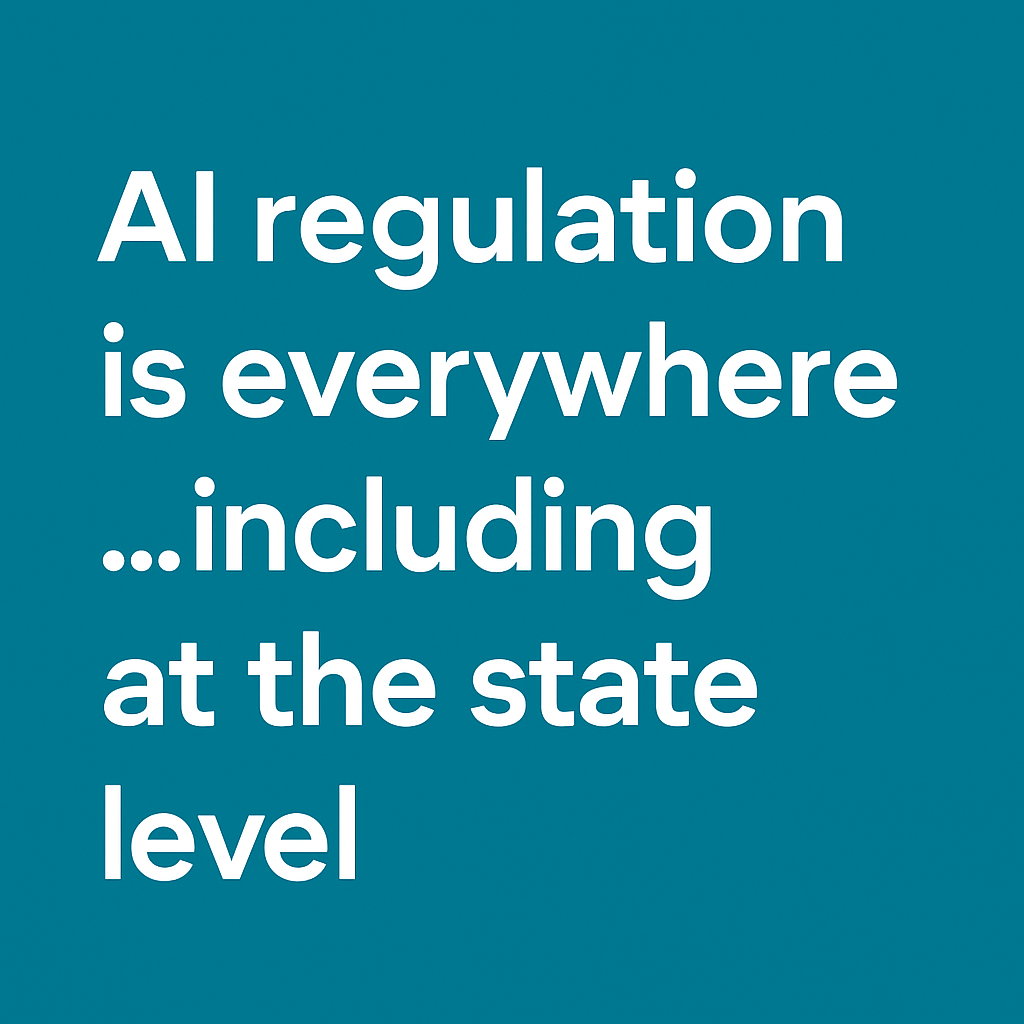What’s one of the most important tasks your financial organization performs right now? Maybe you help customers save, borrow, make payments, invest, access global markets, or build wealth. However, I would argue one of your most important roles is that of detective, helping to identify bad actors and prevent money laundering, fraud, or other financial crimes that can jeopardize not only your customer accounts but the market’s overall economic health as well. It’s more important now than ever.
The Federal Trade Commission reported that in 2023, financial fraud in the U.S. resulted in a loss of more than $10 billion. That’s the largest loss attributed to fraud to date and a 14% increase over reported losses in 2022. Investment and imposter scams led the way, with bank transfers/payments and cryptocurrency topping consumers’ payment methods and losses.
The FTC attributes the increase, in part, to the advancement of digital technologies that make it easier for scammers to scam. The good news is your compliance and risk teams—the teams leading your organization’s Anti-Money Laundering (AML) and Know Your Customer (KYC)—can use AI-based technology to help boost the efficacy of your programs. One way is to take advantage of AI capabilities to help improve your entity resolution process.
The challenge with traditional entity resolution tools
Entity resolution helps you identify potential bad actors who are on your platform or trying to gain access. Like a detective following the footsteps and gathering the clues required to piece together a crime, the entity resolution process involves gathering data from different databases, records, and systems and then looking for connections to determine if the data accurately relates to the entity you are researching.
With the advent of social media and online digital services, organizations and individual consumers alike create hundreds of digital footprints to be tracked and analyzed. But these footprints reside in different places:
- transaction records
- customer data
- legal documents
- watch lists
- videos
- social media posts
- digital articles
- data warehouses
and in different data formats (structured, unstructured, semi-structured). It’s a big amount of data to analyze and only getting bigger.
Traditional tools that rely only on rules-based data matching or basic string comparisons struggle because they lack the ability to analyze context. These less sophisticated tools are designed to analyze structured data (data from lists and databases), and are unable to scan for, extract, and analyze unstructured data (data from emails, social media posts, chatbot conversations, customer service interactions, scanned documents, images, web page text, and videos). Because of their limited capabilities, they may miss potentially important information that could be discovered from an analysis of unstructured data—which, by the way, is the format of 80% of the data on the internet.
Additionally, absent contextual understanding, traditional tools often provide too many false positives, overwhelming your analysts with manual follow-up work and getting in the way of their discovering the true positives. Like a detective that fails to connect the dots, older tools that can’t analyze the context surrounding data may limit your organization’s ability to identify potential bad actors.
White paper → Mitigating risk in the digital age: a roadmap to AI-enhanced adverse media screening
To analyze a large amount of data resources effectively, organizations need entity resolution tools that can ingest a variety of data types and quickly understand the context of that data in real time in relation to a specific entity. This is where AI can help.
AI-based tools provide more actionable clues
AI-enabled tools go beyond correlating data. They can use natural language processing, large language models, machine learning, and powerful analytics to scan and analyze data in an always-on manner, like sleuths that never sleep. They then put that information into context so risk and compliance teams can take action.
For example, using sophisticated algorithms, AI-based tools can detect unusual patterns across a person or organization’s online, digital footprint. Because these tools are context aware, they can understand the difference between John M. Smith who lives on 123 Washington Street in Baltimore and John M. Smith who lives on 123 Washington Street in Boston, thus eliminating the need for a risk and compliance officer to research a false positive.
In fact, one of the most valuable differences between traditional tools and AI-based tools is the ability for the AI to produce more actionable insights. In a dynamic regulatory environment where decisions must be based on accurate and timely information, AI tools help risk and compliance teams resolve more entities more quickly and efficiently.
Ultimately, AI is helping surface overlooked data and providing actionable resolutions in real time
As the volumes of customer data continue to increase and regulators expect more real-time transaction monitoring, AI is proving to be a fast and efficient assistant detective for monitoring, flagging, and investigating risk. It’s helping teams identify and link relevant data from various sources in real time or near-real time, so they spend fewer resources chasing false positives and more resources investigating and resolving real risks.
With clearer pictures of their customers’ actions provided by AI-enabled tools, risk and compliance leaders can then make better sense of complex data and close the case on more bad actors with precision and efficiency.
Learn more about AI tools for AML/KYC processes in the white paper, Mitigating risk in the digital age: a roadmap to AI-enhanced adverse media screening.
The opinions provided are those of the author and not necessarily those of Fidelity Investments or its affiliates. Fidelity does not assume any duty to update any of the information. The information regarding AI tools provided herein is for informational purposes only and is not intended to constitute a recommendation, development, security assessment advice of any kind.
1160642.1.0


-1.png)




